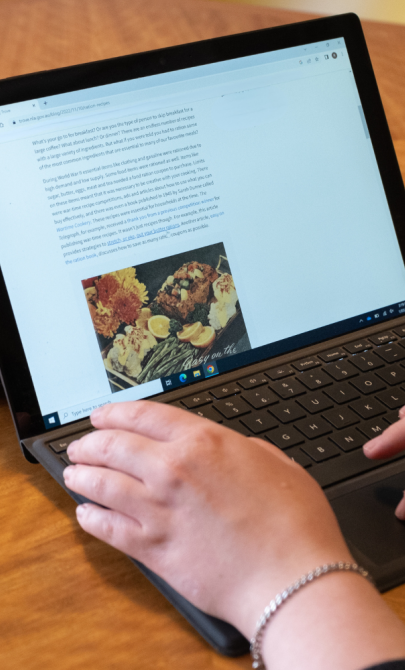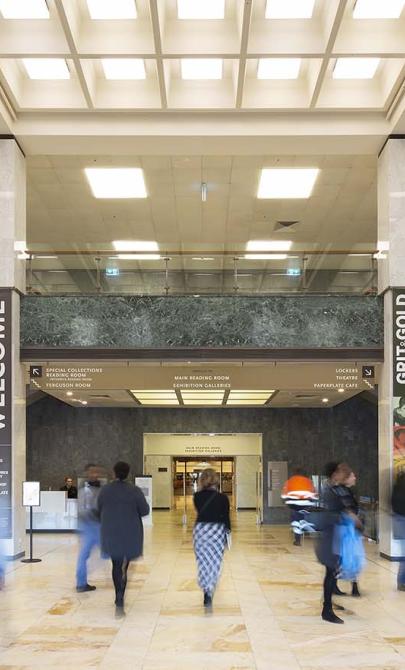2022 blogs
December
- Piranesi's Roman Antiquities
- Ask a Conservator 2022
- Photographer Dave Tacon steps in front of the lens
- Photographing change in Australia's history
- Rare books highlights - Handel
- Book recommendations from the reading rooms
November
October
September
- Q&A with 2015 Creative Arts Fellow Chris Williams
- The twists and turns of AusStage
- The Straits of Magellan: the Atlantic to the Pacific map
August
- Using family history indexes and resources
- In case you missed it: Rediscover our learning programs
- Custodians and Midwives: Cybernetics in the Library
- Frederick Septimus Kelly: Discoveries in the National Library's Music Collection
- New beginnings in publishing at the National Library of Australia
July
- Behind the seams of Vintage Knits
- Meet the writers, artists and researchers in the Library's Fellowships program
- Chinese-Australian Family History
June
- Pride Month at the National Library
- The history of great Australian design
- Hunting for Treasure: Writing Will the Wonderkid
- Finding transgender related publications
May
April
- Take a Look at the National Library's performing arts collections
- Meet the 2022 National Folk Fellow
- The long and short of Australia's best-loved nature trails
- Circus Stories: Recollections from the oral history collection
- Behind the scenes with the Summer Scholars - Part 2
March
- Hear from stars of the On Stage exhibition
- On Stage: Exhibition curator's overture
- Behind the scenes: creating a performing arts book display



